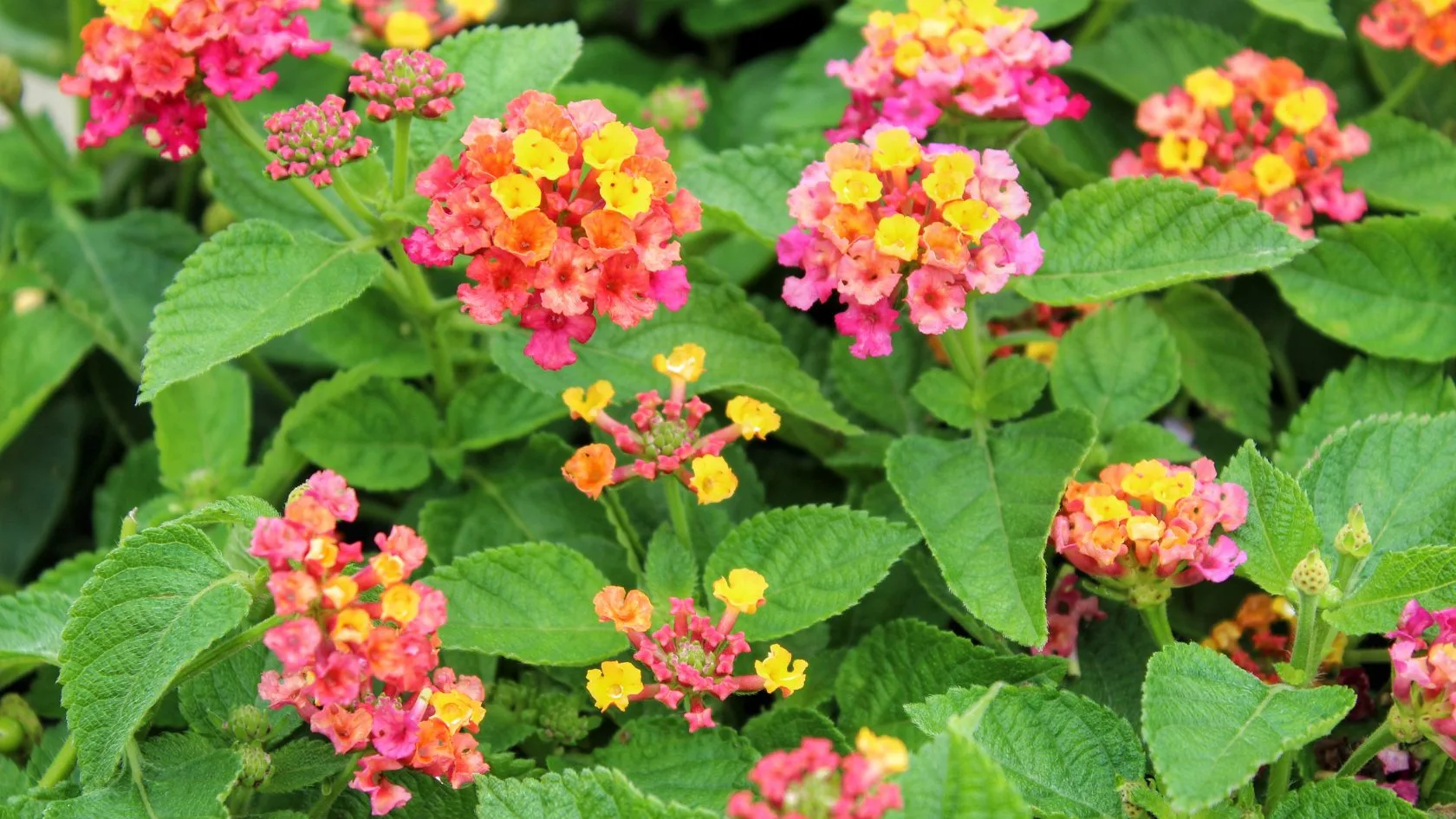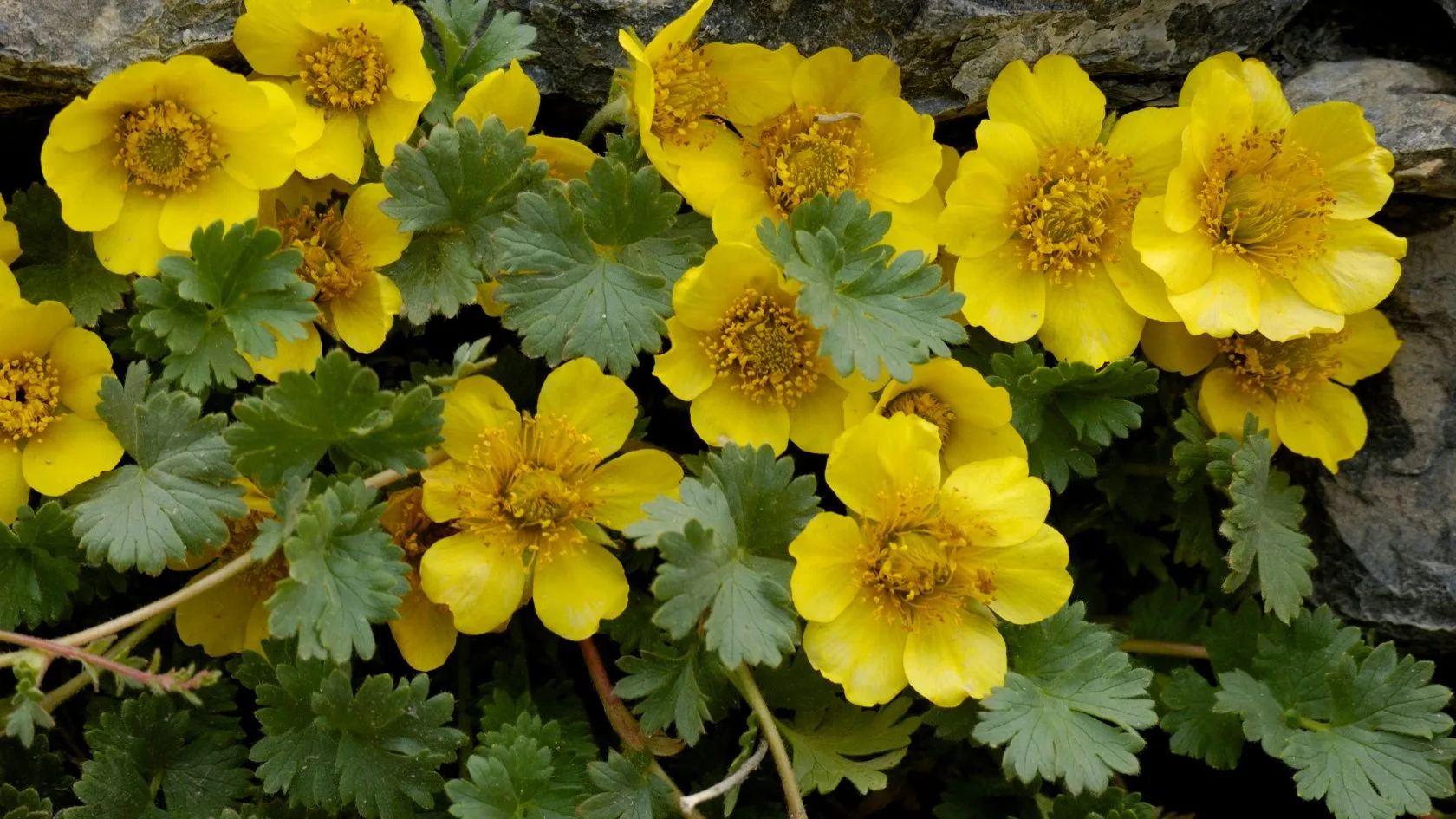Mimosa hostilis, also known as Jurema Preta, is a fascinating perennial tree or shrub that belongs to the legume family. It has many other names including jurema preta, calumbi (Brazil), tepezcohuite (México), carbonal, cabrera, jurema, black jurema, and binho de jurema.

Mimosa Hostilis Plant Care
Here’s how to care for it:
Light: Mimosa hostilis prefers bright, indirect sunlight. You can place it outdoors in a spot that gets morning sun but afternoon shade, or indoors near a south-facing window.
Water: Water your Mimosa hostilis regularly, but allow the soil to dry out slightly between waterings. Overwatering can lead to root rot.
Soil: Mimosa hostilis prefers well-draining, slightly acidic soil. A good potting mix for Mimosa hostilis would be a mixture of potting soil, perlite, and sand.
Fertilizer: You can fertilize your Mimosa hostilis once a month during the growing season with a balanced fertilizer diluted to half strength.
Pruning: You can prune your Mimosa hostilis to shape it or to control its size. The best time to prune is in the fall or winter.
Pests and diseases: Mimosa hostilis is relatively resistant to pests and diseases. However, it can be susceptible to scale and mealybugs. You can treat these pests with insecticidal soap or neem oil.
Mimosa hostilis seeds
Let’s dive into some details about its seeds:
- Seed Characteristics:
- The seeds of Mimosa hostilis have specific features that make them quite resilient.
- They are small, oval, and flat, with a lenticular shape.
- The seed coat (testa) is waterproof and covered by a shiny wax layer, which contributes to their resistance against abrasion.
- Seed Pods and Ripening:
- Each seed pod contains 4–6 seeds.
- The pods are brittle and average 2.5–5 cm (0.98–1.97 inches) in length.
- In the Southern Hemisphere, the fruit ripens from February to April 2.
- Cultivation and Germination:
- To cultivate Mimosa hostilis, collect the seed pods once they start to spontaneously open on the tree.
- Lay out the collected pods in the sun to allow them to open up and release their seeds.
- Scarification of the seeds (mechanical or sulfuric acid treatment) significantly improves germination rates.
- Heat scarification is recommended for best results.
- Sow the treated seeds directly into sandy soil with sun exposure.
- Germination occurs at temperatures ranging from 10 to 30°C (50 to 86°F), with the highest rate around 75–80°F (about 24–27°C).
- Growing Instructions:
- Mimic a forest fire: Drop the seeds into a jar and fill it with smoke (from natural wood or plant matter, not chemical-laden cigarettes). Let them sit overnight.
- Pour hot water (160°F) onto the seeds for two minutes or more, then rinse and immediately plant them in humus-rich potting soil.
- Water daily, ensuring well-drained soil.
- Maintain a warm and humid environment (ideal temperature is 75–80°F).
- Avoid frost, as even slight frost can harm the roots.
- The vines can grow up to an inch per day under favorable conditions
Where does Mimosa hostilis grow
Mimosa hostilis is a perennial tree or shrub to warm climates. This tree is native to large regions of South America and southern Mexico, as well as found in such Central American countries like El Salvador, Honduras, Panama, Colombia, and Venezuela.
Mimosa hostilis identification
Here are some key characteristics to help you identify Mimosa hostilis:
- Fern-like branches: The branches are bipinnately compound, meaning they have secondary branching along the main stem. This gives them a feathery or fern-like appearance.
- Leaves: The leaves are also bipinnately compound, with numerous tiny leaflets. Each compound leaf can have 15-33 pairs of leaflets, each only about 5-6 millimeters long. The leaflets are bright green.
- Flowers: Mimosa hostilis has yellow, spherical flower heads that bloom in clusters.
- Bark: The bark is typically brown or gray and can be slightly rough or peeling.
- Size: As a shrub or tree, Mimosa hostilis can grow anywhere from 2 to 8 meters tall.


